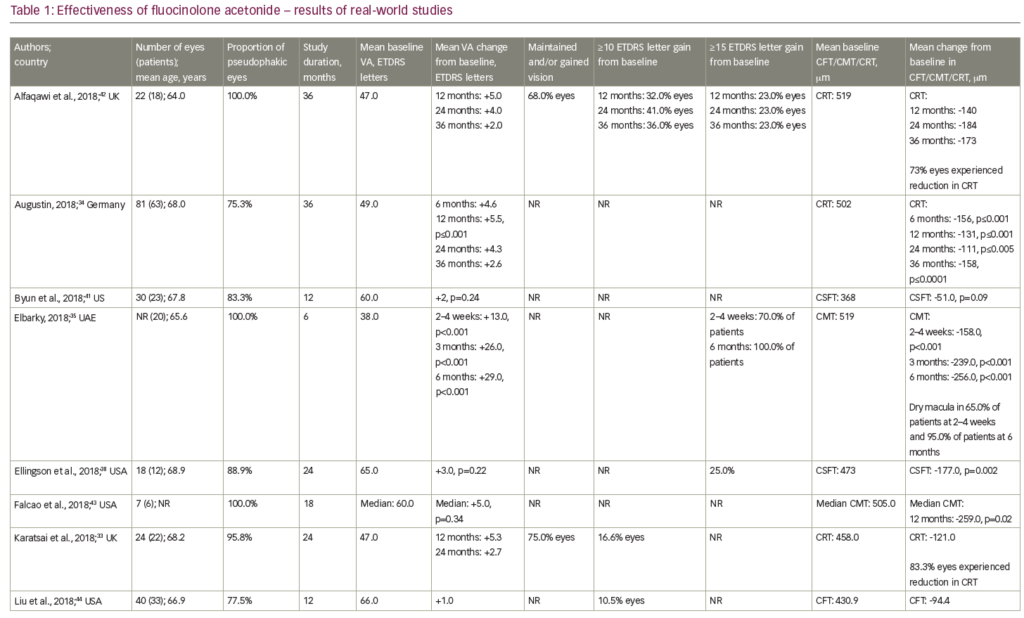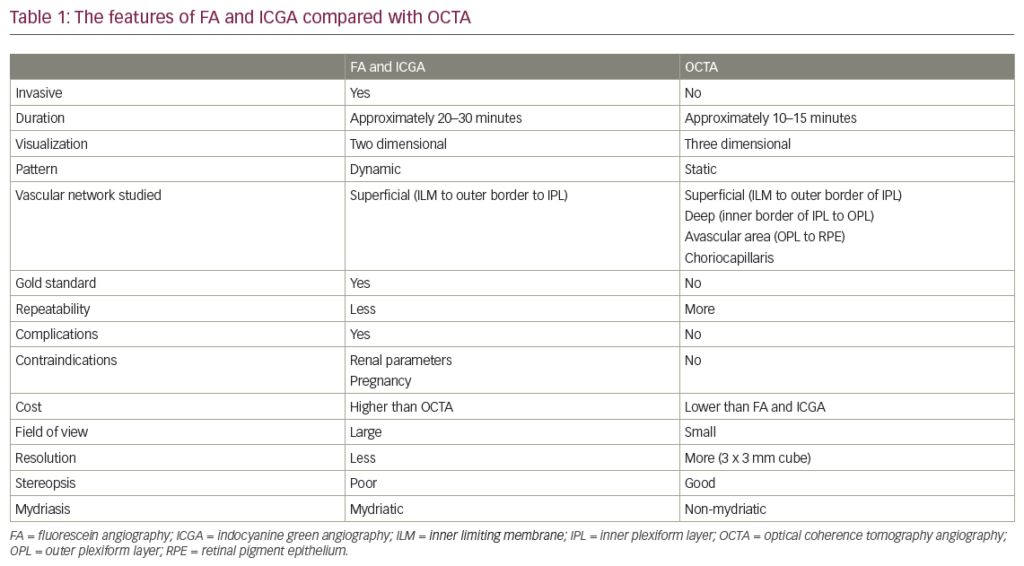Welcome to the fall edition of US Ophthalmic Review, which aims to review topical subjects in the field of ophthalmology. This edition features a wide range of articles that evaluate current practices and research as well as discussing future directions and innovations that directly affect ophthalmologists.
In a fascinating opening article, Berdahl describes the effects of space travel on the eye. Micro gravity can cause an imbalance between intraocular and intracranial pressure, with a detrimental impact on vision.
Haidara and Jeng review the early complications after penetrating keratoplasty. This technique remains important in the treatment of corneal diseases, particularly in developing countries where endothelial keratoplasty is not yet established. Next is a report of a study by Stonecipher and Stonecipher that investigated the major factors influencing enhancement rates in laser vision correction. The top four factors were: presence of an opaque bubble layer, dry eye disease, history of ocular allergy, and poor fixation.
Scleritis is a severe inflammatory condition that is commonly associated with autoimmune disease. However, in 5–10% of cases, infection is the underlying cause, and misdiagnosis can worsen outcomes. Valenzuela and Perez review the differential diagnosis of inflammatory and infectious scleritis. Ocular infection with chlamydia is a serious public health problem in some parts of the world. Miller et al. present a retrospective study that evaluated chlamydial positivity rates in South Florida over a 28 year period, and found a high prevalence and diversity of ocular chlamydia.
Glaucoma remains a significant health burden worldwide, and this issue features two articles on the subject. Singh et al. report a case of pediatric glaucoma with neurofibromatosis type 1, a rare condition whose association with pediatric glaucoma is particularly unusual. In addition, Weinreb et al. review clinical studies demonstrating the efficacy and safety of latanoprostene bunod, a dual-acting nitric oxide (NO)-donating prostaglandin F2α analog that has shown good ocular tolerability.
On the subject on ocular oncology, Pfeiffer et al. review recent advances in drug therapy for locally advanced periocular cancer, including sonic hedgehog inhibitors and epidermal growth factor receptor inhibitors. We also feature an article on cataract surgery. Laser assisted cataract surgery is becoming increasingly popular but requires a learning curve. Yeu discusses the advantages of this procedure and shares strategies to increase procedural success.
Finally, we would like to highlight two interesting articles from the latest issue of European Ophthalmic Review to share with our US audience. Michels and Wirth present a comprehensive overview of the latest therapeutic options for branch retinal vein occlusion, including drug choices, treatment durations, as well as switching between and combining treatments. Reznicek describes the exciting new technique of optical coherence tomography (OCT) angiography, a non-invasive OCTbased technique that provides three-dimensional high resolution images of vascular and microvascular ocular structures without the need for intravenous dyes.












